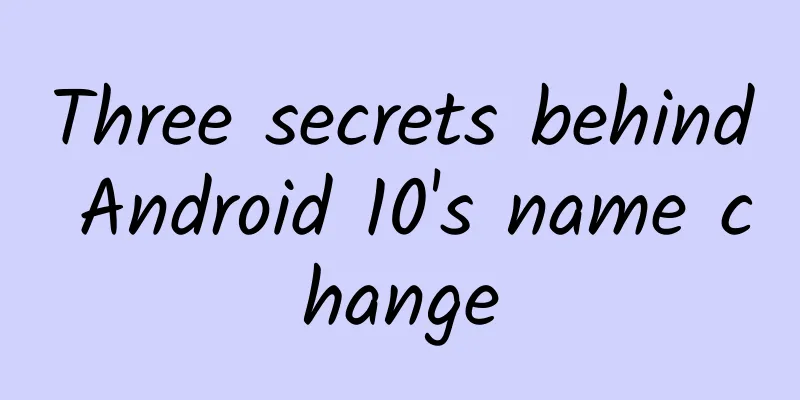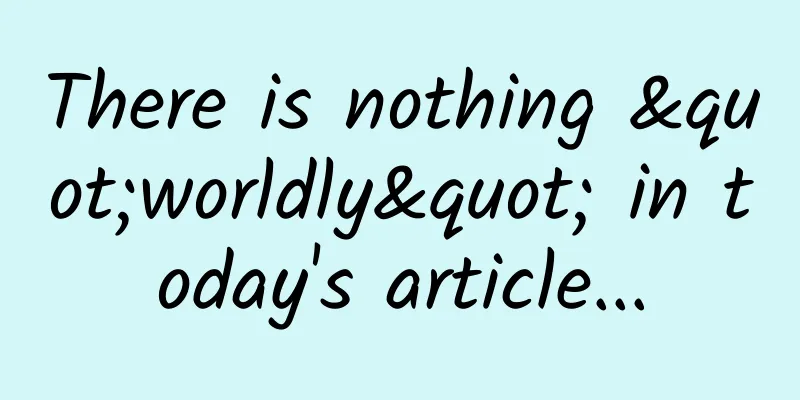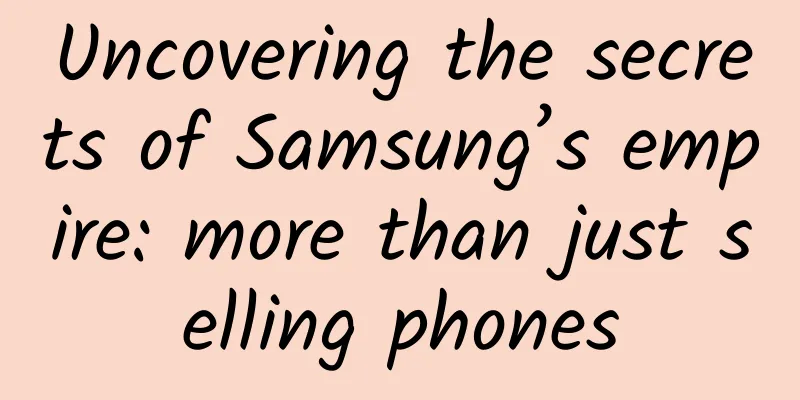Three secrets behind Android 10's name change

|
Some time ago, Google announced a brand upgrade for Android. Not only did it redesign and optimize the font, color scheme, and iconic small machine, but more importantly, it cancelled the usual dessert name design, which was the logo of the Android version before. For example, Android 2.2 was called Froyo, Android 2.3 was called Gingerbread, Android 4.2 was Jelly Bean, Android 5.0 was called Lollipop, Android 8.0 was Oreo, and all the way to Android 9, which is Pie.
At the Google I/O conference in May this year, Google officially announced the latest version of Android Q and released the first Beta version. Just as people were waiting for the official version to arrive in the fall and guessing what the dessert name of Q would be, Google announced that it would cancel the design of letter + dessert name. Now no one knows what dessert Q will be. However, a report by foreign media 9to5Goolge two days ago mentioned that in the podcast program All About Android, Google's Android team sat down and talked about the brand upgrade and system update, and mentioned a lot of interesting information. Android Q might have been called Queen Cake
What dessert was it supposed to be? This is the first question the Android team wants to ask. Google abandoned the dessert naming not only because desserts starting with Q are too difficult to find, but also because not everyone can understand the relationship between desserts and versions. For example, when I mention a dessert version, you may find it difficult to think of the new and old relationship of this Android version, because the order of the first letters is not clear, but everyone can understand Arabic numerals. Of course, if Google hadn't given up on the dessert name, Android Q would have been called Queen Cake, at least that's what Google Vice President of Engineering Dave Burke intended.
For those who don't know the context, Queen Cake is also known as "Queen Elizabeth Cake", which is a very traditional dessert with shredded coconut in the icing. Of course, this may be a classic case of the name of the dessert, as it is not a common dessert outside of Canada. Not using dessert names externally does not mean that the Google team will give up this tradition internally. In fact, the Android team internally calls Android Q Quince Tart, which is a tart or pie-like dessert made from a fruit called quince. The Google team also has a long history of using internal dessert code names for Android. For example, Android 6.0 Marshmallow was called Macadamia Nut Cookie within the Android team, and this will not stop. In fact, Dave Burke said this will be very interesting. In the future, only "super fans" may know these interesting code names. Gesture navigation from different brands allows Google to accelerate official gestures
In addition, Dave Burke also mentioned the reason why Google is promoting Android gesture navigation. In Android 10, the biggest change is that the official is leading the system-level gesture operation application. Why did Google decide to accelerate this work only now? Dave Burke explained that because now all manufacturers are making their own gestures, and different gesture operations are simply a nightmare for developers. Dave Burke also mentioned that the two-button gesture navigation (pill button + back) that appeared in Android Pie is just a transitional form, and these will be eliminated and finally a full gesture navigation will be completed. In addition, third-party launchers also support gesture navigation. We will soon be launching the Pixel 4 series, when we will see the official version of Android 10, and the final gesture navigation should be fully confirmed by then. Is the Android statue in Mountain View still there? ▲Image from: Android Authority If you have a good memory, you may remember that every time a new version of Android dessert is officially released, Google will put some dessert-related Android statues inside the company's headquarters in Mountain View. Dave Burke said that although Android no longer uses the dessert code, Google will continue to make Android statues, but it will no longer be desserts. Instead, it will be a digital statue, and people will be able to sign on it. |
>>: Third-party payment, the turning point is coming!
Recommend
Why do we cut mooncakes into pieces? It's not because they are too big.
In addition to symbolizing reunion, eating moonca...
There are non-stick pans, but why are there no non-stick toilets?
The 8 pieces of little-known knowledge in the fir...
How much does it cost to charge an iPhone 6 for a year?
Charging your iPhone every day may be a routine f...
LeTV launches 500 million yuan investment at Music Fans Festival, releasing ecological value
Xiaomi mobile phones became popular due to low pr...
Making big money from a small family: tips on organizing your family finances
Zhou Yong, CEO of Qianerduo Wealth Academy and we...
How terrible would it be to have a major earthquake that caused the fall of an empire?
When you find that the sea water at the beach has...
Be careful! A "cold" may be fulminant myocarditis
This is the 5008th article of Da Yi Xiao Hu Tiant...
What impact does collective narcissism have on society?
© Caravaggio/The Atlantic Leviathan Press: I pers...
Practical examples of marketing growth in educational institutions
Recently, when I was chatting with a young lady w...
Hyundai Motor participates in CES Asia 2018 to strengthen cooperation in AI and autonomous driving
On June 13, Hyundai Motor participated in the &qu...
How to design a high conversion landing page? Focus on these three aspects
Previously, the editor summarized 4 misunderstand...
NetEase Cloud Music Product Analysis: The Product Logic Behind the Drastic Increase in Data
NetEase Cloud Music was launched in April 2013, a...
The marketing hotspot for the whole year of 2018, a must-have for operators and promoters! !
In the blink of an eye, it is the end of 2017 aga...
Russia's "Comrade" robot is tested in actual combat in Syria, using night vision equipment to kill people
Recently, the Russian army released a video of it...
Deconstructing private domain traffic: How to manage store private domain?
"Commodities first appeared in the Xia Dynas...









